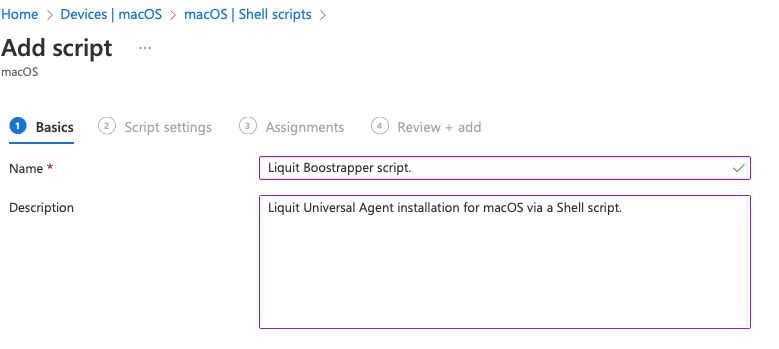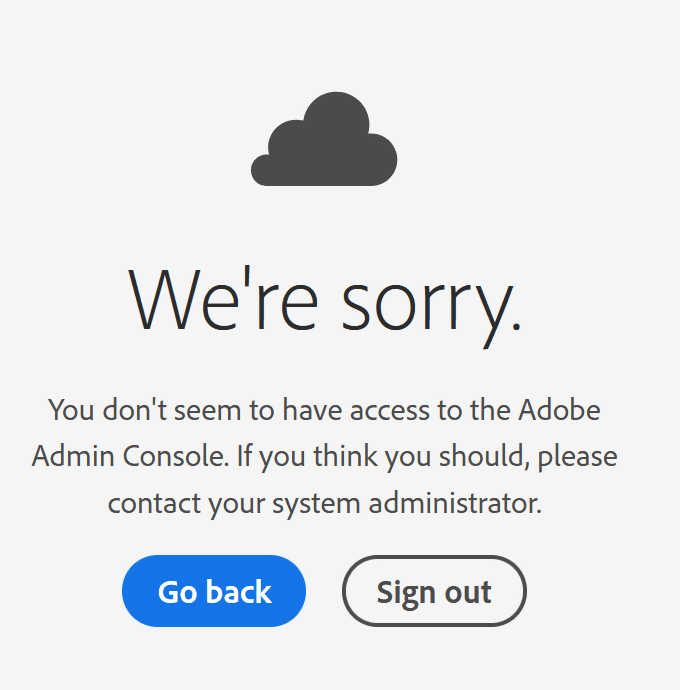Application Management and Patching
Overcoming Application Delivery Challenges with Liquit
During a recent session with a potential customer, I received an intriguing question that inspired this blog post. They asked if Liquit Workspace could hide a “mission-critical” application during specific times, such as outside of business hours.
Liquit enables organizations to dynamically manage and deliver applications based on context, tailored to specific users or devices.
Understanding Mission-Critical Applications
A “mission-critical” application is essential to an organization’s core functions and operations. Significant downtime can lead to financial losses and disrupt business processes. Examples include ERP, CRM, financial management software, and other applications vital to the organization’s objectives and daily operations.
Hiding Mission-Critical Applications for Specific Hours
While Liquit Workspace offers powerful contextual capabilities, the requested functionality isn’t available out-of-the-box. However, Liquit’s flexibility and programming power allow IT admins to implement it in most cases.
Organizations often deal with tech-savvy users, some with local admin rights, who might try to bypass restrictions by adjusting the time and date or locating the application in Windows Explorer. Addressing these potential issues is crucial.
Addressing Application Delivery Challenges in Liquit Workspace
There are various reasons to limit access to certain applications during specific times. Our goal is to:
- Ensure the “mission-critical” application is only visible and accessible during business hours and masked or uninstalled during non-business hours. For example, access is governed by the Amsterdam time zone.
- Address potential issues with tech-savvy users attempting to bypass restrictions.
To achieve this, we avoid using the local device’s date and time, as these can be adjusted by users with admin rights. Instead, we use an API for IP geolocation and the Europe/Amsterdam time zone, along with a PowerShell script, ensuring accurate timing regardless of the user’s location. The PowerShell script outputs the day of the week and time, which are used by the condition sets “Get Day of the Week” and “Get Time” to determine the appropriate action.
To achieve the above, we can think of two scenarios that will be supported by videos in this blog. Both scenarios will use ERP software from Exact Global Next as a “mission-critical” application example.
Scenario 1: Solving Application Delivery Challenges During Business Hours
The user clicks on the application during business hours and receives an “Outside Business Hours” notification. The application is then masked or uninstalled, preventing it from being launched from the Start menu or executed via Windows Explorer.
Scenario 2: Overcoming Time-Based Application Delivery Challenges
The application is visible in Liquit Workspace during business hours but hidden outside of business hours. Again, the application is masked or uninstalled to prevent access.
Conclusion: Resolving Application Delivery Challenges with Liquit Workspace
This is just one of many challenges that can arise in a dynamic, distributed organization or hybrid remote workforce. Liquit Workspace offers context aware solutions that are easily implemented and automatically executed.
For more information about contexts and their usage, visit Liquit Workspace identities and context documentation.


































